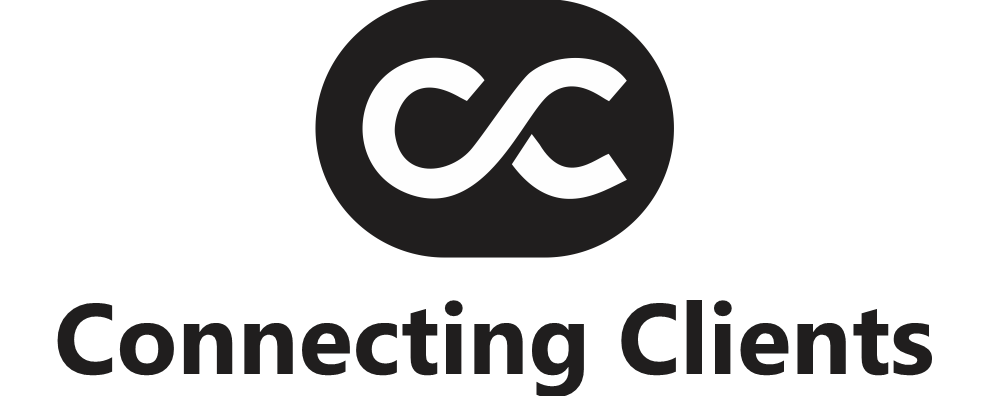Closing the Gaps: How B2B Companies Can Protect Against Revenue Loss
In industries such as fintech, SaaS, communications, and financial services, revenue leakage continues to be a hidden but serious issue. With fast-moving transactions and increasingly complex operations, large organizations are under pressure to identify and correct areas where revenue slips through unnoticed. Even small inefficiencies, if left unresolved, can add up to major financial losses that restrict growth and innovation.
Contract Oversight Challenges
One of the most frequent sources of lost revenue is poor contract management. Organizations often juggle hundreds or even thousands of agreements each year, and misalignment between contract terms and billing is a recurring problem. If commitments are not carefully tracked or billing systems do not reflect negotiated terms, revenue can remain uncollected. As pricing structures and business relationships become more intricate, relying on manual tracking or scattered processes increases the likelihood of mistakes.
Pricing Irregularities
Pricing accuracy is another vulnerable area. In fast-changing fields like software and technology, ensuring pricing is consistent across platforms is no simple task. Without centralized oversight, teams may apply outdated rates or unapproved discounts. These errors can linger undetected until revenue shortfalls become apparent, at which point the damage is already done.
Billing Inefficiencies
Billing and invoicing represent yet another risk. When invoices fail to align with services provided or do not follow agreed timelines, payments are often delayed or missed entirely. These issues not only reduce immediate revenue but also disrupt financial forecasting and damage stakeholder confidence.
The Role of Technology in Addressing Gaps
To combat these challenges, many organizations are adopting integrated technology platforms that bring greater discipline and visibility to the revenue cycle. Automated contract management tools help ensure compliance with contract terms. Intelligent pricing systems allow businesses to maintain accuracy and adjust in real time. Billing solutions, such as CPQ billing, generate precise invoices that reduce disputes and improve payment timeliness.
Collaboration Across Teams
IT departments are essential in implementing and maintaining these systems. By choosing the right tools and ensuring integration, they can reduce manual work and prevent errors from escalating into financial loss. At the same time, product and operations teams need to keep product configurations and pricing details up to date. Without this alignment, sales and billing systems may drift apart, leading to confusion and missed revenue.
Building a Unified Approach
Preventing revenue leakage is not the responsibility of a single department. Success requires coordinated efforts between finance, IT, operations, and product teams to establish stronger controls and align practices across the customer lifecycle. For organizations competing in high-speed, high-pressure industries, reducing leakage is not only about protecting income. It is a necessary step toward building long-term scalability, operational resilience, and financial stability.







